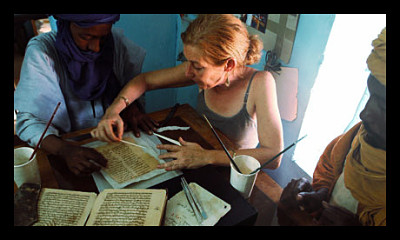
As children, our perception of libraries was clouded by the old librarian sitting at the front desk ‘shh-ing’ everyone as they walked past. While American libraries retain their importance but may have lost their romantic allure, their reputation and modern use is only just beginning in developing countries.
With 73% of the world’s 320,000 public libraries in developing countries, organizations such as Beyond Access are highlighting the extensive potential public libraries can provide to governments who are trying to work on development throughout their countries. Libraries act as a central hub for multiple resources, one of the most important being free access to the internet.
For countries with heavy agricultural areas, farmers are able to research and apply for subsidies, such as farmers in Romania were able to do last year with the help of the 400 public libraries in Romania. 17,000 farmers applied for EU subsidies and were able to bring $27.1 million back into their communities.
The most attractive quality about libraries is their simplicity. They are an age old institution, directly tied to the government. Their operations are more or less the same from country to country. Funding is minimal; computers, basic stationery, office supplies, and training for staff. The return however is limitless.
EIFL, one of the dozen or so partners of Beyond Access, has built a massive group of 39 programs and public libraries. Their libraries serve one of five public interests including agriculture, employment and livelihood, culture and education, youth and at risk children, and health. For example, The Berd Public Library in Berd, Armenia has introduced organic farming practices to 9,000 villagers. The library also hosts lectures and provides journals and books on effective agricultural practices as well as opening up new markets online for farmers to sell their produce.
With startup companies around the world focusing on harnessing technology to bring villages and farming societies out of poverty, the institution of the library and the sense of belonging it brings to communities should not be forgotten. Most public libraries in developing countries can survive on yearly grants between $5,000-$20,000. They provide a constant flow of information as well as an opportunity for employment for the staff. By illustrating the hundreds of success stories in countries like Ghana, Serbia, Nepal, and Uganda, Beyond Access hopes to recruit more donors and policymakers to take advantage of one of history’s longest standing institutions when implementing programs.
– Deena Dulgerian
Source: The Guardian
 The Clinton Global Initiative University, now in its sixth year, is being hosted this week in St. Louis at Washington University. Along with former President Bill Clinton, TV host Steven Colbert and Twitter founder Jack Dorsey will attend the event that aims to include today’s youth in the world’s most pressing global challenges through college campuses. Various other celebrities, including Jada Pinkett-Smith and Chelsea Clinton are also attending the event.
The Clinton Global Initiative University, now in its sixth year, is being hosted this week in St. Louis at Washington University. Along with former President Bill Clinton, TV host Steven Colbert and Twitter founder Jack Dorsey will attend the event that aims to include today’s youth in the world’s most pressing global challenges through college campuses. Various other celebrities, including Jada Pinkett-Smith and Chelsea Clinton are also attending the event.

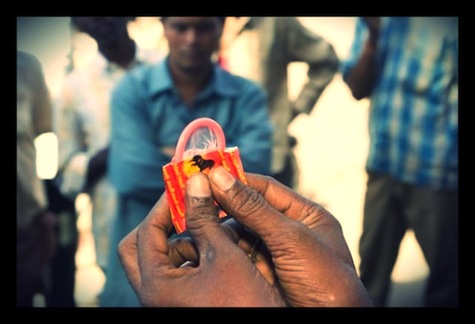

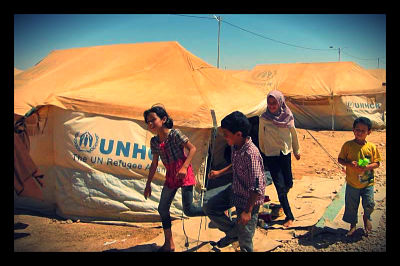 Out of the 2.1 million residents of Homs, 600,000 have been displaced by the Syrian conflict. This number, roughly 28%, is expected to increase as the violence continues. To
Out of the 2.1 million residents of Homs, 600,000 have been displaced by the Syrian conflict. This number, roughly 28%, is expected to increase as the violence continues. To  USAID funds partnerships with Higher Education for Development (HED) to encourage women’s leadership throughout a number of developing countries, including South Sudan, Rwanda, Paraguay, and
USAID funds partnerships with Higher Education for Development (HED) to encourage women’s leadership throughout a number of developing countries, including South Sudan, Rwanda, Paraguay, and 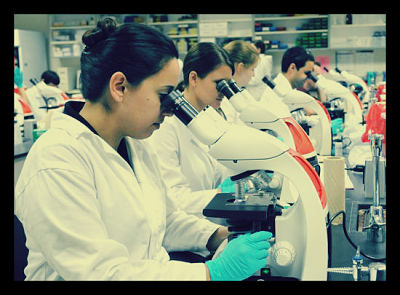

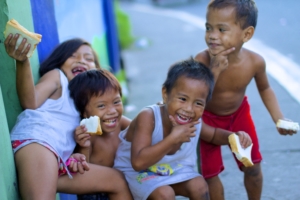 The United States Agency for International Development (USAID) and the Department of Health commended a volunteer-based organization in the Philippines named the Family Planning Organization of the Philippines (FPOP). The group, located in Iloilo City, teaches young students in poor villages about preventing unplanned pregnancy and provides reproductive education. Many low-income families living in the Philippines do not have access to family planning services, so the Filipino volunteer organization has been working diligently to provide this much-needed information.
The United States Agency for International Development (USAID) and the Department of Health commended a volunteer-based organization in the Philippines named the Family Planning Organization of the Philippines (FPOP). The group, located in Iloilo City, teaches young students in poor villages about preventing unplanned pregnancy and provides reproductive education. Many low-income families living in the Philippines do not have access to family planning services, so the Filipino volunteer organization has been working diligently to provide this much-needed information.